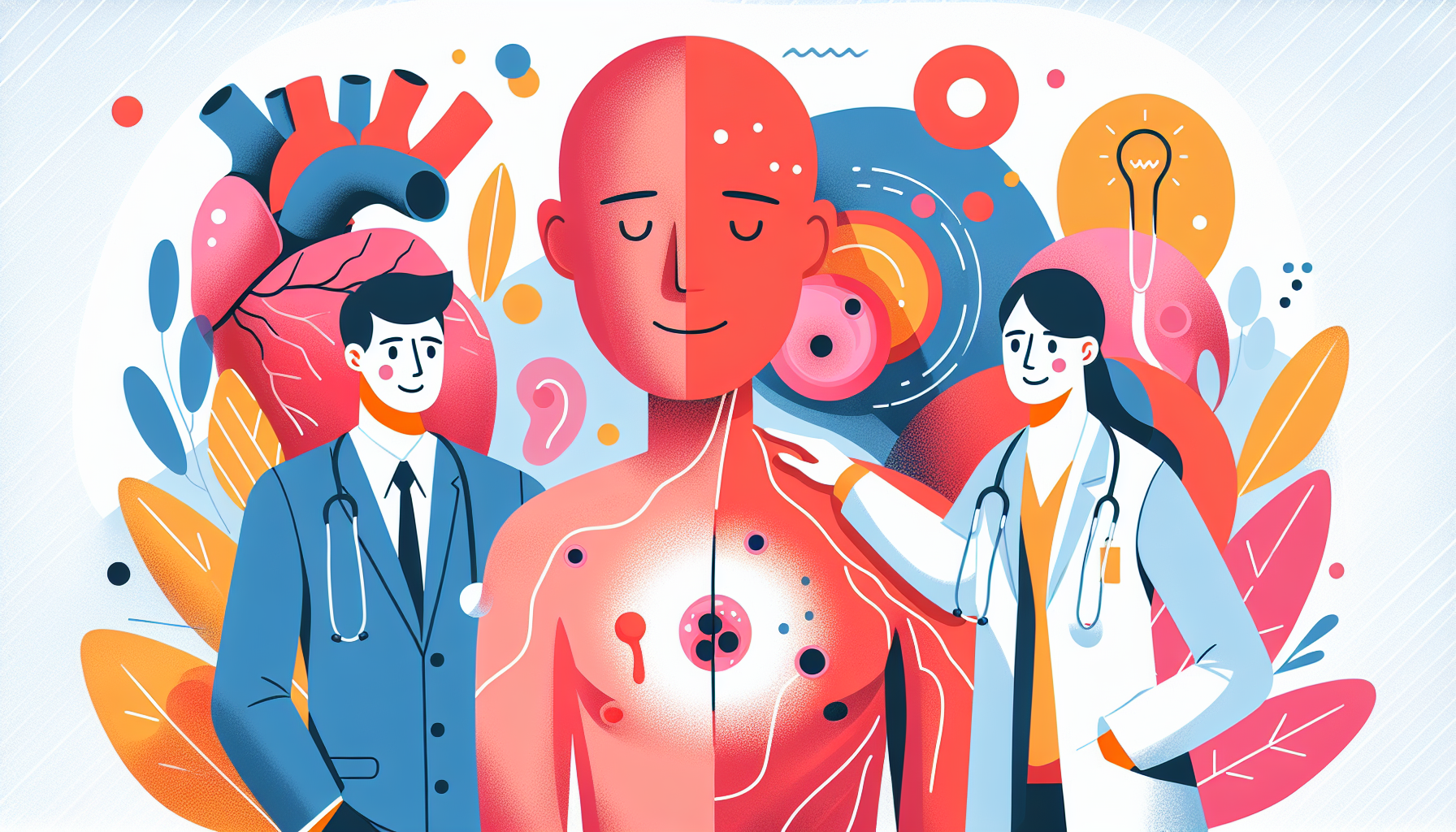A pilonidal cyst is a type of cyst that develops at the bottom of your tailbone, also known as the coccyx. These cysts can become infected and filled with pus, causing pain and discomfort. Pilonidal cysts are more common in men than women and typically affect people between the ages of 20 and 35.
Causes of Pilonidal Cysts
The exact cause of pilonidal cysts is not fully understood, but several factors can increase your risk of developing one:
Sitting for prolonged periods, such as in jobs that require long hours of driving or desk work
Being overweight or obese
Having coarse or thick body hair
Having a family history of pilonidal cysts
Having a small dimple in the skin between the buttocks, called a sacral dimple
Symptoms of Pilonidal Cysts
The most common symptoms of a pilonidal cyst include:
Pain, redness, and swelling at the bottom of the spine
Pus or blood draining from the cyst
A foul odor from the pus if the cyst is infected
Tenderness when the affected area is touched
Fever or nausea if the cyst becomes infected
Diagnosing Pilonidal Cysts
Your doctor will examine the crease of your buttocks to check for signs of a pilonidal cyst. They may ask about your symptoms, such as pain, swelling, and any drainage from the cyst. If a pimple, dimple, or bump that is oozing fluid is present, your doctor may diagnose a pilonidal cyst.
Treating Pilonidal Cysts
Home Remedies
In the early stages of a pilonidal cyst infection, you can try the following home remedies to ease discomfort:
Soak in a warm bath to help relieve pain
Take over-the-counter pain medication as directed
Keep the area around the cyst clean and dry
Medical Treatments
If your pilonidal cyst becomes more severe or recurrent, your doctor may recommend one of the following treatments:
Antibiotics to treat skin inflammation around the cyst
Draining the cyst by making a small incision and removing pus and hair follicles
Marsupialization, a surgical procedure that involves creating a pouch to help the cyst heal
Incision and drainage with complete closure of the wound
After treatment, it is essential to follow your doctor's instructions for proper wound care and to attend follow-up appointments to monitor healing.
Preventing Pilonidal Cysts
To reduce your risk of developing pilonidal cysts, consider the following preventive measures:
Avoid sitting for extended periods; take breaks to stand or walk around
Maintain good hygiene by regularly washing the area around your buttocks
Maintain a healthy weight through a balanced diet and regular exercise
While pilonidal cysts can be painful and uncomfortable, most cases can be effectively treated with proper medical care. If you suspect you have a pilonidal cyst, consult your healthcare provider for an accurate diagnosis and appropriate treatment plan.
For more information on pilonidal cysts, visit:



